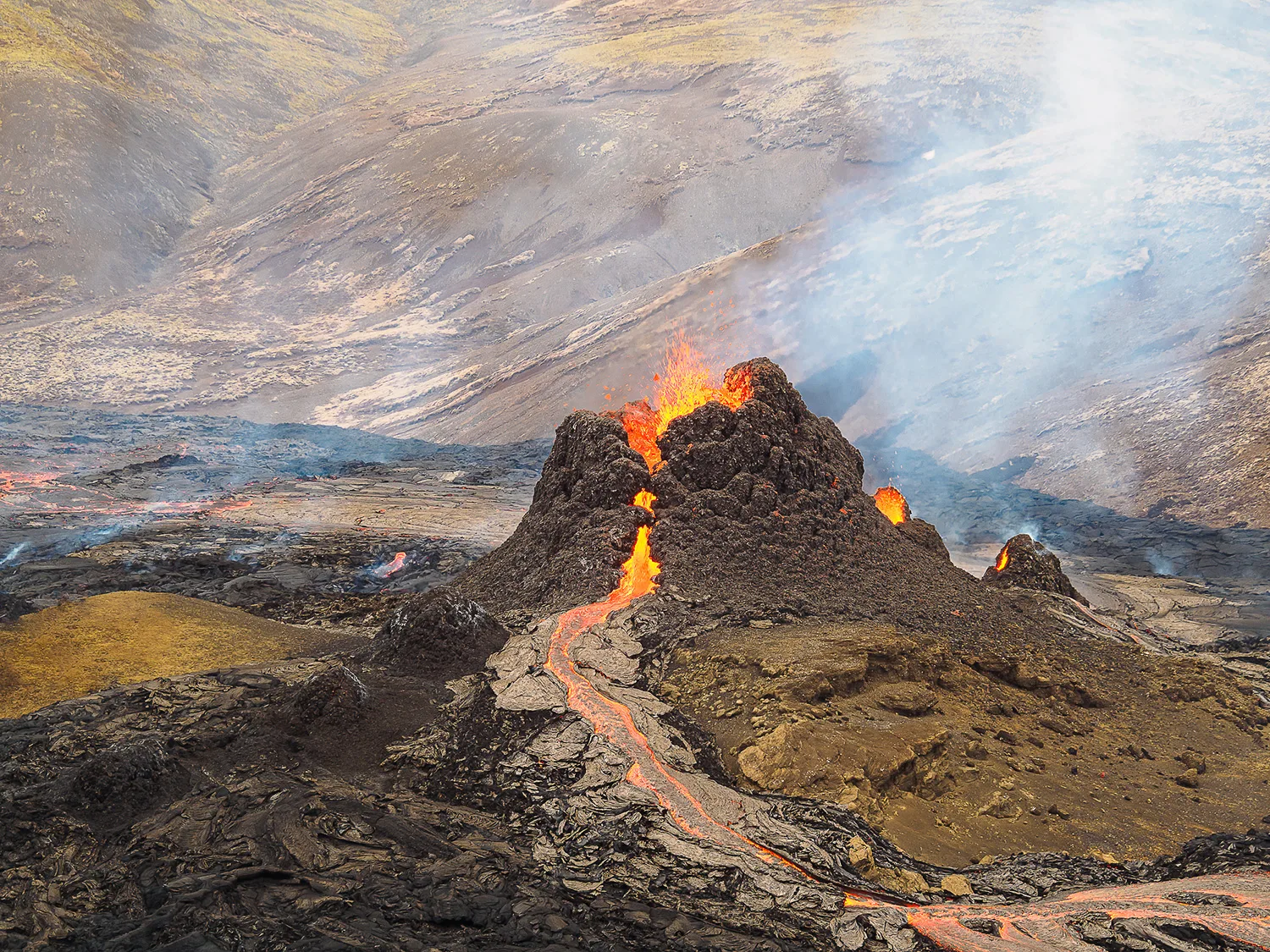In the annals of history, some years stand out as particularly pivotal, shaping the course of human events in profound ways. Among these, 536 AD is often cited as one of the most catastrophic years in recorded history a year that nearly brought civilization to its knees. This year was marked by a series of natural disasters and climatic upheavals that led to widespread famine, societal collapse, and a prolonged period of darkness that enveloped much of the Earth.
The year 536 AD is primarily remembered for the massive volcanic eruption, believed to have occurred in Iceland or North America, which spewed vast quantities of ash and debris into the atmosphere. This volcanic event was so powerful that it led to a dramatic cooling of the Earth’s climate, resulting in what is often referred to as a “volcanic winter.” The thick layer of ash in the stratosphere blocked the sun’s rays, leading to a significant drop in global temperatures. The Byzantine historian Procopius wrote that the sun gave forth its light without brightness, like the moon, during this period.
The volcanic winter caused crop failures across Europe, the Middle East, and Asia, triggering widespread famine. With temperatures plummeting and harvests failing, food shortages became severe. The lack of sunlight and warmth led to a disruption in agricultural cycles, causing a famine that lasted for several years. As food became scarce, malnutrition and starvation spread, weakening populations and making them more susceptible to disease.
In many regions, societal structures began to break down as communities struggled to survive. In the Byzantine Empire, for instance, the combination of famine and a subsequent outbreak of the bubonic plague, known as the Plague of Justinian, decimated the population. This pandemic, which began in 541 AD, killed an estimated 25-50 million people, further destabilizing the empire and contributing to its decline.
In Western Europe, the famine and cooling also had devastating effects. The decline in agricultural production led to a collapse in trade and commerce, as communities became increasingly isolated and focused on survival. The shortage of food and resources caused widespread social unrest, with some historians suggesting that this period of turmoil contributed to the eventual fall of the Western Roman Empire.
The environmental impact of the 536 AD volcanic eruption extended far beyond the immediate climatic changes. The prolonged winter-like conditions led to the failure of staple crops such as wheat and barley, causing widespread food shortages. In China, historical records from the Northern Wei Dynasty describe a period of extreme cold and frost during the summer months, leading to the destruction of crops and widespread famine. The harsh conditions forced many people to abandon their homes and migrate in search of food, leading to further social upheaval.
The volcanic eruption is also thought to have caused a substantial rise in atmospheric aerosols, which resulted in reduced sunlight and a decline in temperatures over several years. This event, referred to as “volcanic forcing,” had a significant impact on Earth’s climate, contributing to what some scientists call the “Late Antique Little Ice Age.” This cooling period persisted for nearly a century and had enduring effects on global weather patterns, agriculture, and human societies.
Historical documentation of the events of 536 AD is sparse but significant. Accounts from various parts of the world describe the darkened skies, unseasonable cold, and widespread suffering. Procopius, the Byzantine historian, recorded the strange appearance of the sun and the resulting hardships. Irish annals also mention a failure of bread in 536-539 AD, indicating severe famine conditions in the British Isles.
Archaeological evidence has corroborated these accounts, revealing the extent of the devastation. Tree ring analysis, for example, has shown that the years following 536 AD were marked by significantly reduced growth, indicating a period of extreme environmental stress. Ice core samples from Greenland and Antarctica have also provided evidence of a massive volcanic eruption during this period, with layers of volcanic ash corresponding to the mid-6th century.
The events of 536 AD had long-term consequences for human civilization. The combination of volcanic winter, famine, and plague led to a significant decline in population across much of the world. This demographic collapse, in turn, led to a period of economic and social stagnation that lasted for several decades.
In Europe, the effects of the 536 AD disaster were felt for centuries. The decline in population and agricultural productivity contributed to the onset of the Early Middle Ages, a period characterized by a decline in trade, urbanization, and cultural achievements. Some historians argue that the events of 536 AD were a key factor in the transition from the classical world of antiquity to the medieval world, shaping the course of European history.
In the Near East, the Byzantine Empire struggled to recover from the twin blows of famine and plague. The empire’s weakened state made it more vulnerable to external threats, including the rise of Islam in the 7th century. The Arab conquests that followed would reshape the political and cultural landscape of the region, with the Byzantine Empire losing much of its territory in the process.
Today, the year 536 AD is often cited as an example of how natural disasters can have profound and lasting impacts on human societies. The volcanic eruption and its aftermath serve as a reminder of the fragility of human civilization in the face of environmental catastrophes. The events of 536 AD also highlight the interconnectedness of global climate systems, with a single volcanic eruption having the power to disrupt life across multiple continents.
In recent years, scientists have used modern technology to better understand the causes and consequences of the 536 AD disaster. Ice core samples, tree ring data, and historical records have provided valuable insights into the scale and impact of the volcanic eruption. These studies have not only shed light on a dark chapter in human history but have also helped researchers better understand the potential risks posed by future volcanic events.
